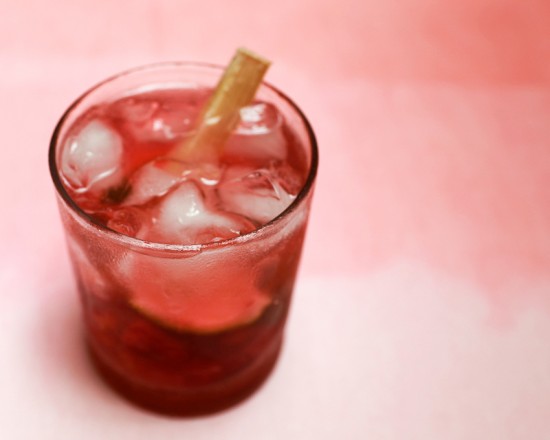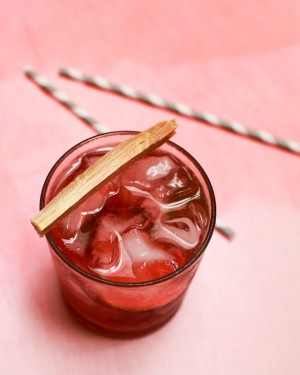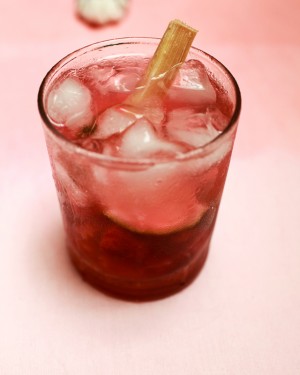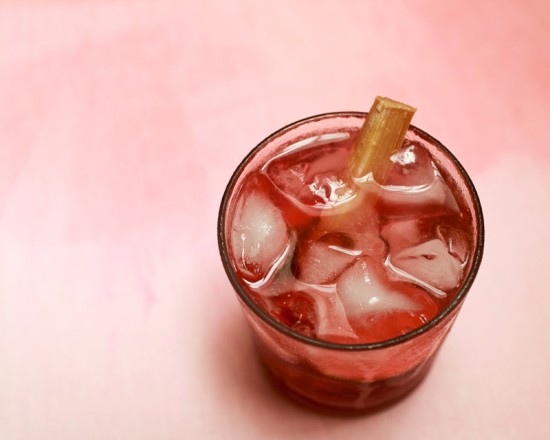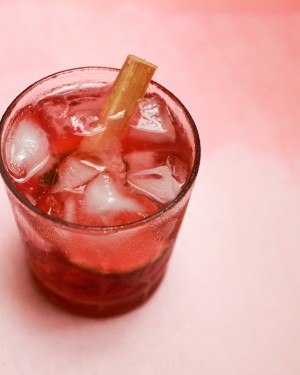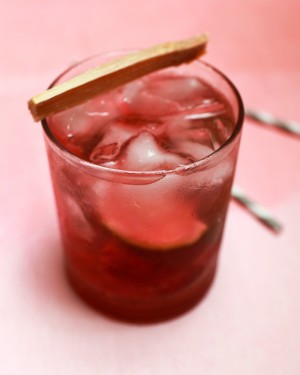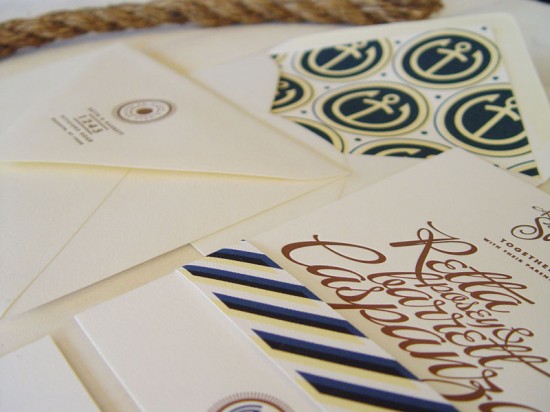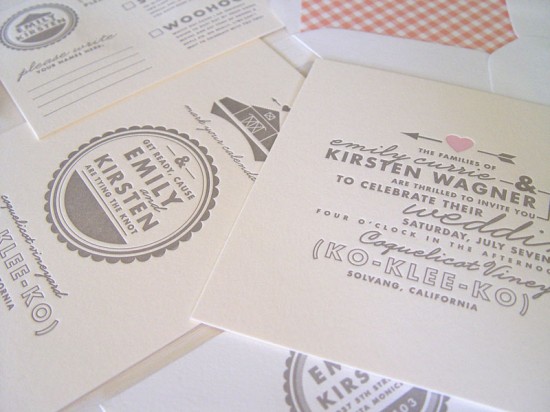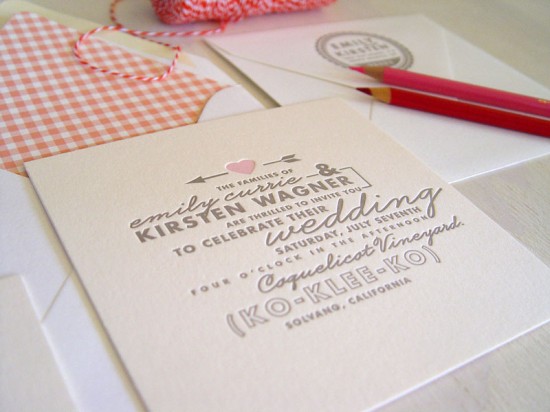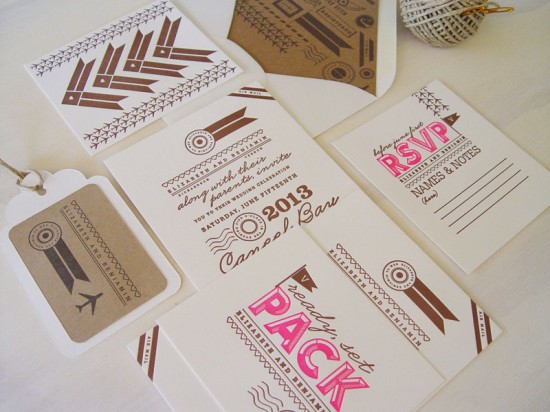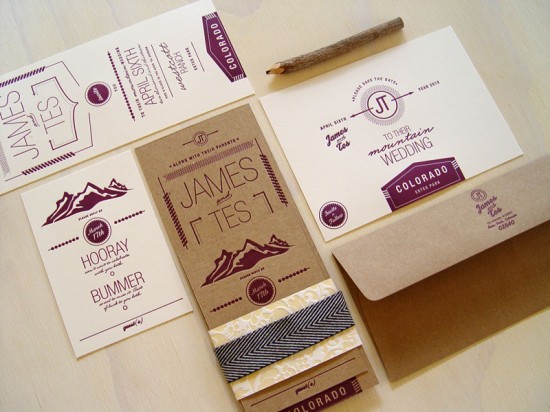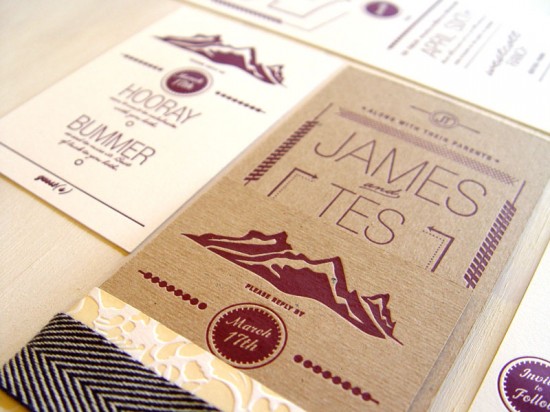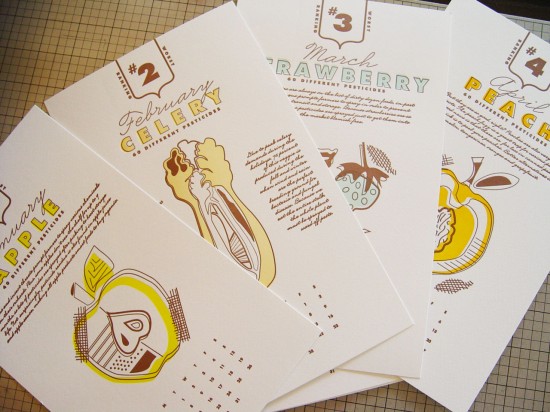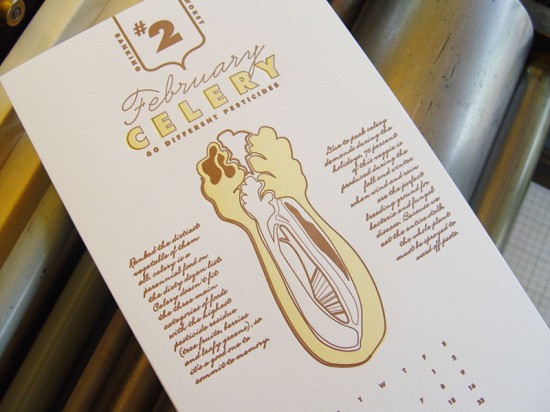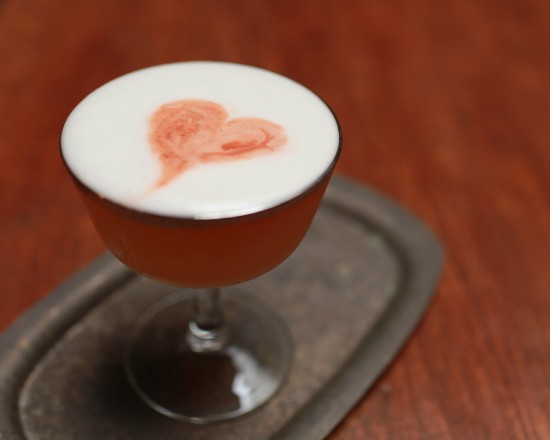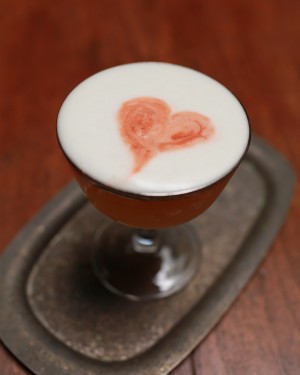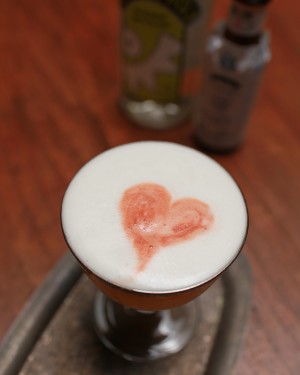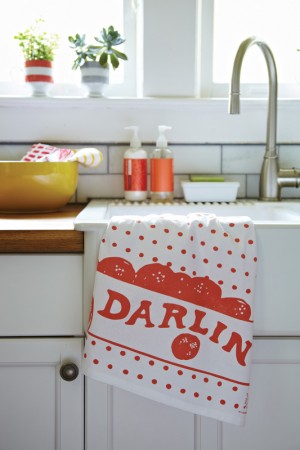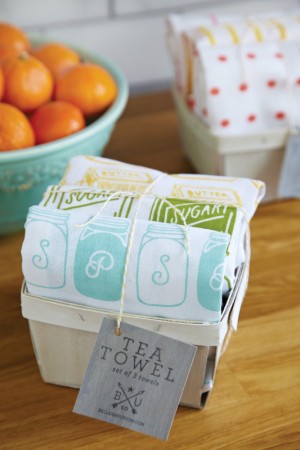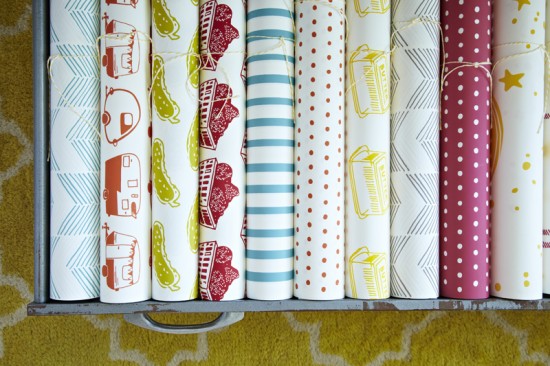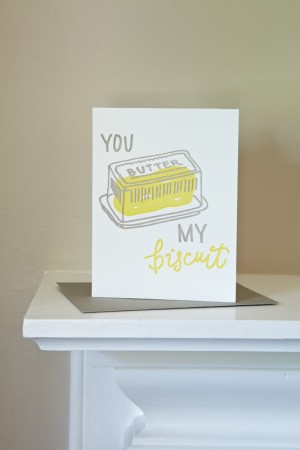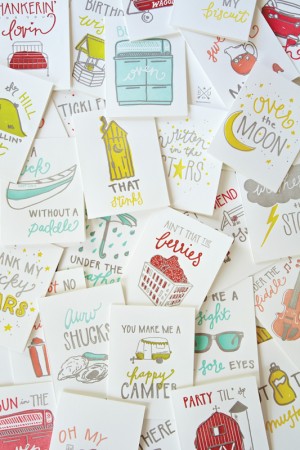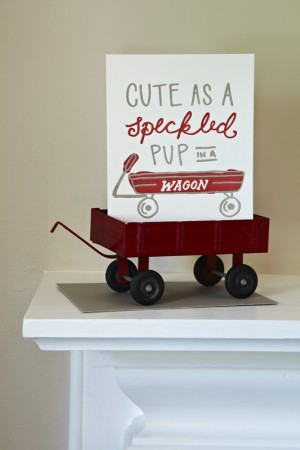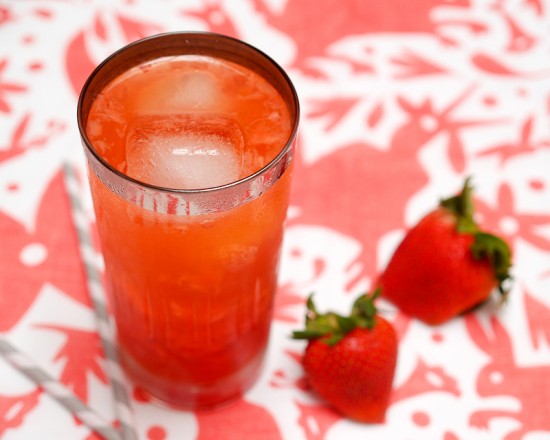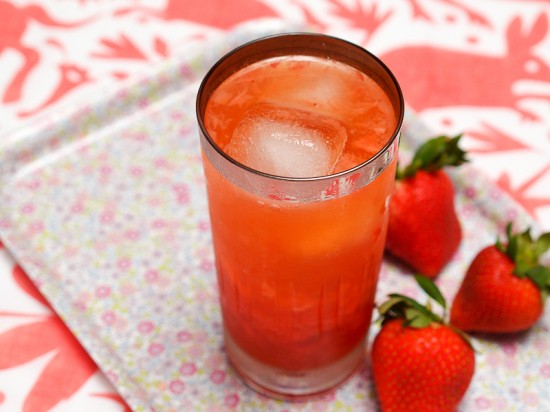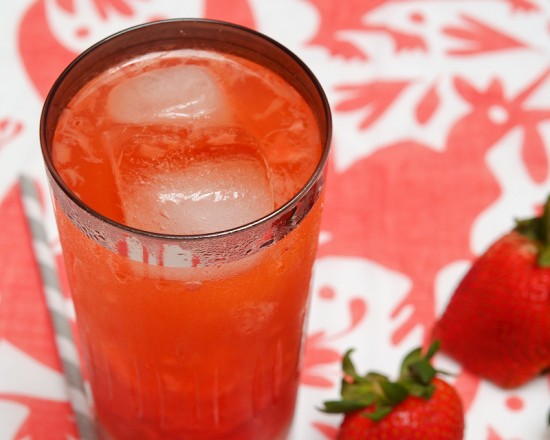It’s starting to feel like summer here in DC, and summer means summer drinks.  Which may be why I’ve been on such a Latin American drinks kick, because so many Latin American drinks are perfect for summer: sweet, with lots of fruit and lots of ice, and a bit of kick, delicious and refreshing.  Here’s another to add to that list, a twist on Brazil’s national cocktail, the Cherry Caipirinha. – Andrew
Read below for the full recipe!
Cherry Caipirinha
2 oz Cachaça
1/4-1/2 oz Simple Syrup
1/2 Lime
3-4 Cherries
Soda Water
Quarter the lime half and pit the cherries, if needed.  Add the fruit and syrup to a rocks glass or tumbler, then muddle everything together very well.  Add the Cachaça and lots of crushed ice.  Top with soda water, give it a stir, then garnish with a bit of sugar cane (optional but pretty cool) and enjoy!
The Caipirinha is up there on my list of perfect summer drinks.  It’s sweet and tart, with lots of fresh flavor from the Cachaça, and enormously refreshing thanks to all that ice and soda water.  If you order a Caipirinha in the U.S., you’re most likely to get one made just with lime, which is a pretty great drink by itself.  But Brazilians use all kinds of fruit, from mango to kiwi to pineapple or passionfruit, in their Caipirinhas, so feel free to add or subtract fruit to this recipe.
The Caipirinha’s name reveals its humble origins as a rustic, easy-to-make version of drinks like the Daiquiri: it means something along the lines of “little country bumpkin” in Brazilian Portuguese. Â But the Caipirinha has grown to be wildly popular all throughout Brazil and has been winding its way through the States in recent years. Â Give one a try and you’ll see why.
The same drink might be pretty good, but a bit more ho-hum, without its key ingredient: the Brazilian spirit Cachaça (pronounced, roughly, ka-SHA-sa).  Cachaça is a close relative of rum, but Cachaça – unlike rum, which is usually distilled from fermented molasses – is distilled directly from fermented sugar cane juice.  The cane juice has to be processed soon after it is harvested, which means the Cachaça retains more flavors from the sugar cane, and much more of a sense of the place where it was made.  Cachaça is a funky spirit with lots of complex vegetal flavors, like a much earthier version of your favorite rum.  Fortunately, it’s increasingly easy to find – go pick some up!
Photo Credits: Nole Garey for Oh So Beautiful Paper

